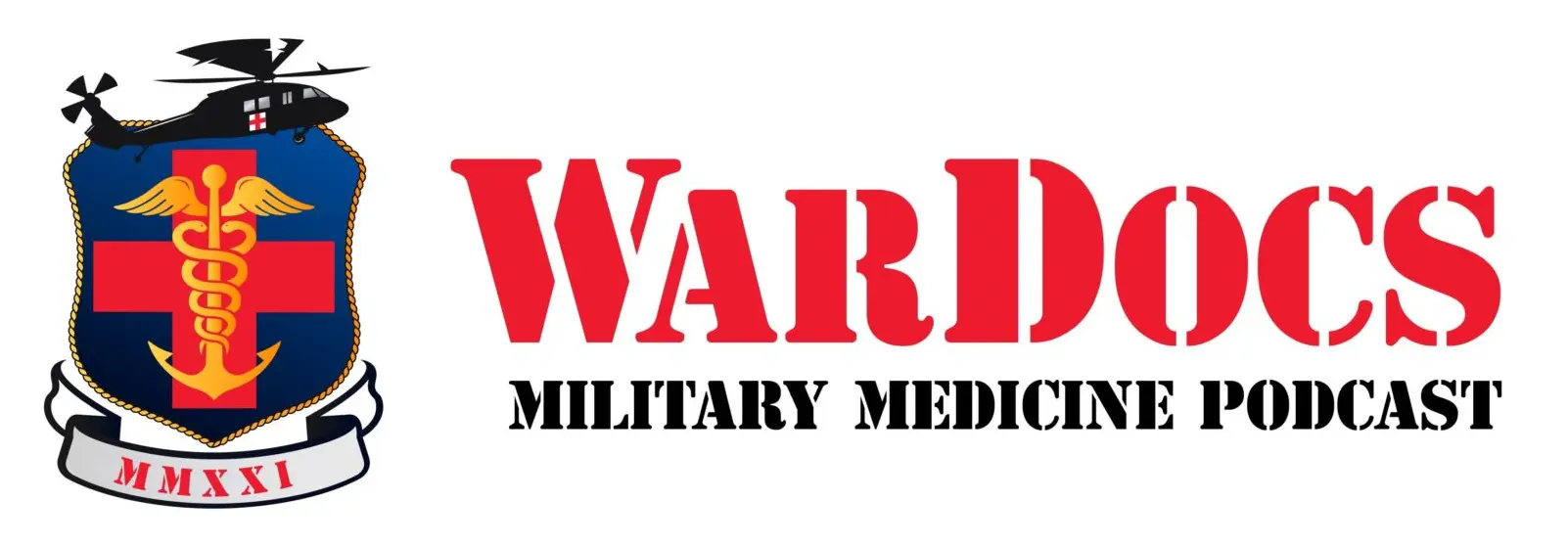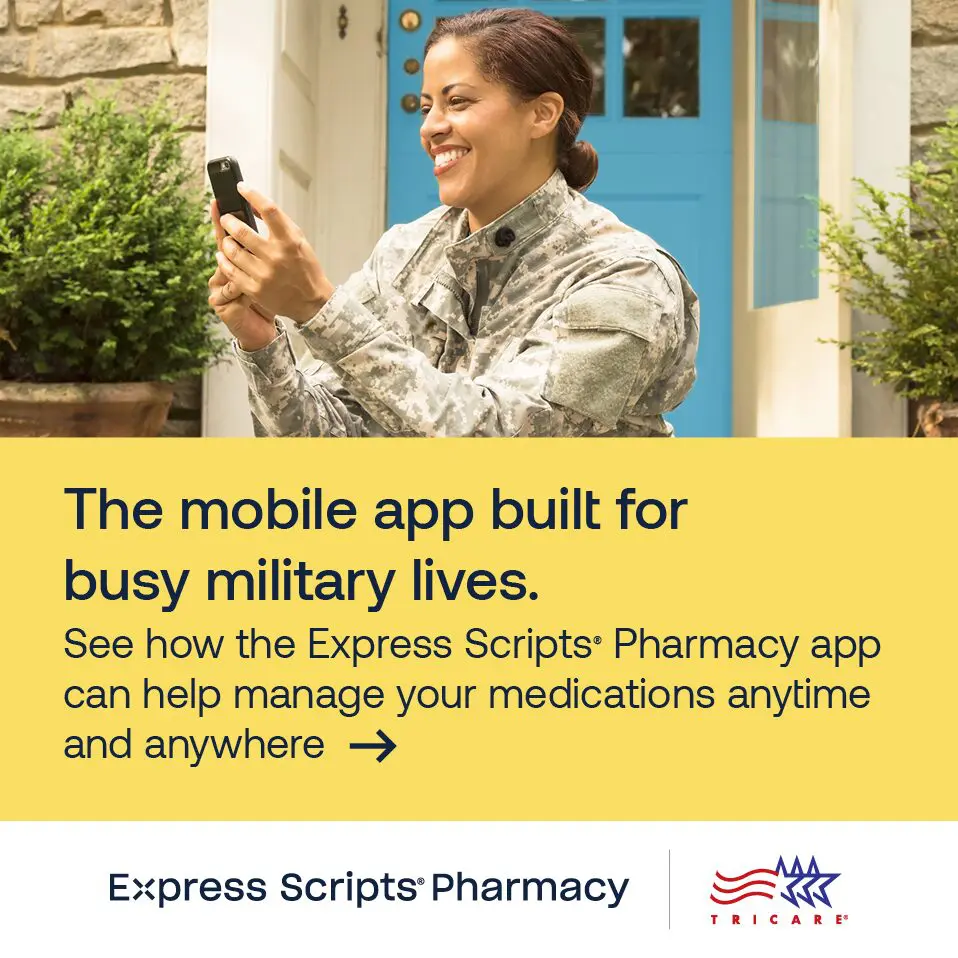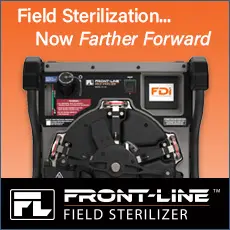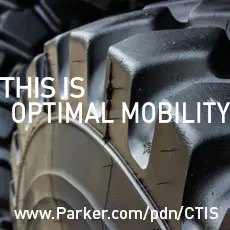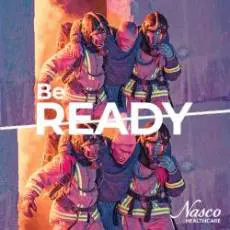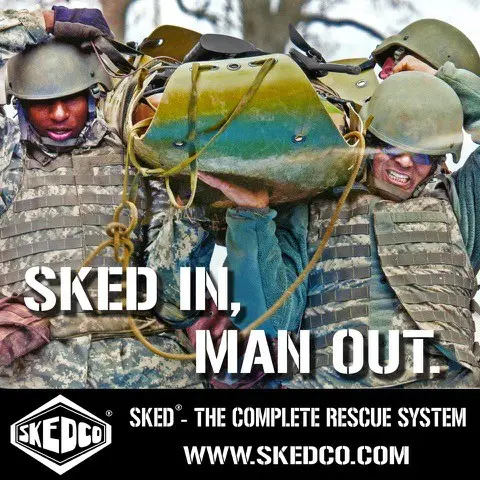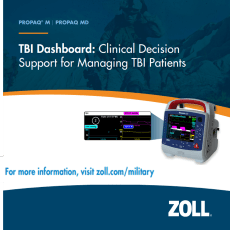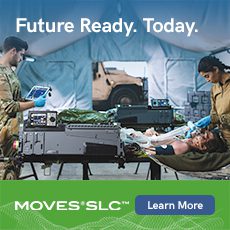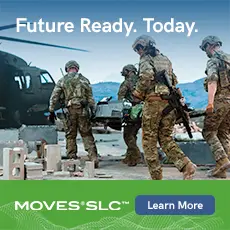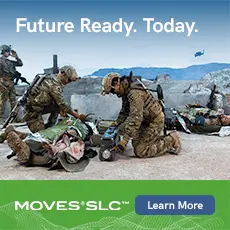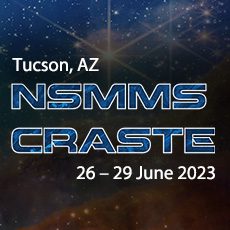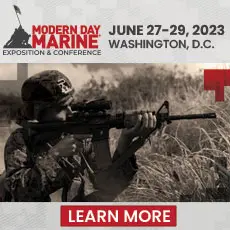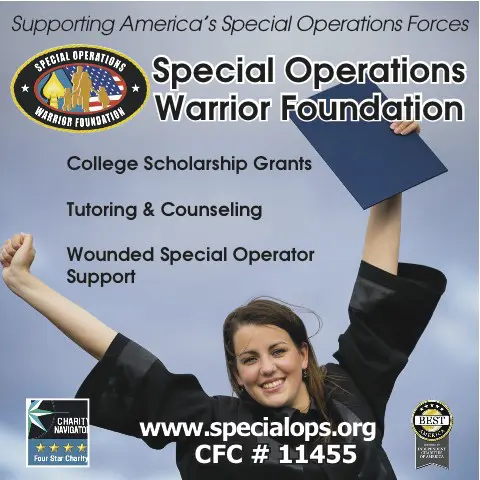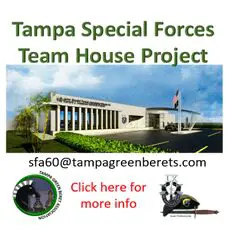Projecting Tactical Capability Through Versatility
Lt. Col. Raymond P. Feltham
Program Manager
Family of Special Operations Vehicles (FOSOV)
U.S. Special Operations Command
From Armor & Mobility, June 2020
Lt. Col. Raymond Feltham has been in his current assignment as program manager for the Family of Special Operations Vehicles (FOSOV) at U.S. Special Operations Command at MacDill Air Force Base since August 2018. He first entered the United States Marine Corps in 1989 when he began his career at Parris Island, South Carolina as an enlisted Marine and was subsequently assigned to Marine Corps Air Station Cherry Point as a crash fire rescue man. After completion of this assignment and nearly 22 months as a civilian, he re-entered the USMC as an air traffic controller and was assigned to Marine Corps Air Facility Quantico, Virginia. After completion of this assignment, he received orders to Marine Air Control Squadron (MACS) 4, Okinawa, Japan. While stationed at MACS-4, he deployed with the 31st Marine Expeditionary Unit to Kuwait as part of Operation Desert Fox and was selected for the Meritorious Commissioning Program, Officer Candidate Class 175. He commissioned as a second lieutenant in December 2000.
From 2000 to 2003, he was assigned to MACS-2 in Cherry Point, North Carolina as an air traffic control officer. While assigned to MACS-2, Lt. Col. Feltham deployed to Kyrgyzstan as a Facility Watch Officer in support of Operation Enduring Freedom. From November 2003 to May 2005, he served as the detachment commander for MACS-2 Detachment Bravo and deployed in support of Operation Iraqi Freedom to Camp Korean Village. From May 2005 to July 2007, as the air traffic control facility officer at MCAS New River, Lt. Col. Feltham deployed to Kabul, Afghanistan in support of Operation Enduring Freedom. He served as the deputy national security planner for the Combined Forces Command-Afghanistan while deployed to Kabul. From July 2007 to May 2008 he attended Expeditionary Warfare School at Quantico.
Armor & Mobility had the opportunity to speak with Lt. Col. Raymond Feltham, PM FOSOV, USSOCOM, regarding some priority goals and challenges the FOSOV portfolio is looking at moving forward.
A&M: Can you give an overview of SOCOM’s current fleet of ground vehicles?
Lt. Col. Feltham: The Special Operations-Peculiar (SO-P) Family of Special Operations (FOSOV) vehicles are specifically developed to operate in the range of military operations our operators will use during a multitude of mission sets. We divide our portfolio up into light, medium and heavy vehicles, along with our Non-Standard Commercial Vehicle (NCSV) which we also categorize as a medium vehicle. The Lightweight Tactical All-Terrain Vehicle (LTATV) is a Special Operations Forces (SOF) modified commercial off the shelf (COTS) lightweight vehicle internally air transportable via V-22, H-53 and H-47 aircraft. It consists of two and four seat variants with the ability to change configuration based upon mission and/or threat. It’s intended to perform a variety of missions to include offset infiltration, reconnaissance and medical evacuation. The team is currently planning on a life cycle replacement of the LTATV providing an avenue into autonomy and hybrid electric. The current NSCV is based on commercial vehicle platforms enhanced with mission-specific modifications to increase protection, mobility performance, and durability. In an effort to save on sustainment cost, the team has leaned into a purpose-built avenue to supplement the current NSCV II platforms. The Ground Mobility Vehicle 1.0 (GMV 1.0) is a medium class High Mobility Multipurpose Wheeled Vehicle (HMMWV) with SO-P modifications. Several variants have supported our operators for over thirteen years in contingency and combat operations. The GMV 1.1 is a highly mobile CH-47 internally transportable special operations combat vehicle with the operational flexibility to support a wide range of lethal and non-lethal special operations missions and core activities. With operator-requested engineering change proposals, the GMV 1.1 continues to perform well overseas. The Mine Resistant Ambush Protected (MRAP) family of vehicles currently consists primarily of the MRAP-All Terrain Vehicle (M-ATV) and RG-33-A1, and does the heavy lifting for the teams. The vehicles are also modified to meet SOF-unique requirements.
A&M: Provide an overview of current FOSOV focus priorities for 2020 and forward.
Lt. Col. Feltham: In my second year as the program manager for FOSOV, my direction has been relatively simple and direct from the beginning of assuming responsibility. I’ve expressed to the team our focus is to do our part, in everything we do, to save lives with the vehicles that we provide to the operators while equipping the vehicles when able and as directed with lethal weaponry and high tech mobility capabilities to give our operators the advantage over the enemy. We can leverage COTS technology to aid in modernization of vehicle platforms, for example, electric, autonomy, heavy-duty suspensions or when required, engine repower. It is key that we communicate with industry here at SOFIC and other venues to maintain an understanding and appreciation for emerging capabilities available in order to align and enhance our technology insertion roadmap. FOSOV’s current focus is similar to the previous fiscal year. Procurement of the Ground Mobility Vehicle 1.1 (GMV 1.1), and Non-Standard Commercial Vehicles (NSCV) continues. Additionally, a production contract for life cycle replacement of the LTATV is expected to be awarded this year. This new LTATV will give the program office an opportunity to begin addressing autonomy opportunities. Furthermore, FOSOV will begin to develop the Purpose Built Non-Standard Commercial Vehicles (PB NSCV). The PB NSCV will provide hybrid/electric vehicles as test platforms and expand into integrated automated and autonomous technologies, leveraging commercial off the shelf technologies when cost effective and practical. While the team leans forward in research and development of FOSOV’s follow-on platforms, we will continue to maintain and sustain over 3,200 vehicles at home and locations overseas.
A&M: From a light and medium platform perspective, talk about mission evolution for each.
Lt. Col. Feltham: SOF operators are continuing to request additional payload on the light (LTATV) and Medium (GMV 1.1) platforms. In fact, both the LTATV and GMV 1.1 are going through payload enhancements to ensure the vehicles meet the growing mission requirements. Along with improving the payload, FOSOV has also been working efforts to reduce the weight of vehicles with a particular focus on the weight of the armor of the GMV 1.1. Furthermore, the Non-Standard Commercial Vehicle (NCSV) team has been engaged in a lightweight armor study that is expected to yield nearly seven hundred pounds in weight reduction.
A&M: From a heavy platform and recovery perspective, what are some areas of improvement?
Lt. Col. Feltham: The focus for improvement on the FOSOV heavy fleet is geared toward long-term sustainment. Currently, FOSOV is conducting an MRAP reset program at Red River Army Depot to ensure vehicles that have been in theater for more than 10 years reach there expected life cycle of 25 years. The work done at Red River Army Depot has been exceptional. The reset line has provided life extensions to frame rails, the crew compartment and, in a few cases, the powertrain.
A&M: As automation advances continue, what are some FOSOV challenges to semi/full autonomy?
Lt. Col. Feltham: It is conceivable the first vehicle autonomy operations that occur in an operational environment will be performed by the SOF Operator. Albeit, the predominance of technology FOSOV is working is to understand how semi-autonomy or autonomy can be used in the SOF mission sets. While each SOF mission set that uses autonomy may be different, human-machine trust and assured communications are just a few of the inherent challenges identified in the employment of such systems in GPS-denied environments.
A&M: Feel free to speak to other goals/hurdles moving forward.
Lt. Col. Feltham: The upcoming opportunities to succeed in support of the SOF operator includes current evaluation of the Joint Light Tactical Vehicle (JLTV). We must understand its operational effectiveness and suitability in the SOF mission while simultaneously assessing how the JLTV fits within the SOF family of vehicles. Likewise, SOF is evaluating the integration of hybrid and electric systems into SOF platforms. While this integration is sure to bring with it several challenges — to include safety testing of lithium batteries, logistical challenges as well as maintenance challenges — most believe the costs/benefits of stealth and signature management gains are valued tradeoffs. Finally, the game changing integration of autonomous technology into SOF mobility platforms is going to be a challenge. FOSOV is working diligently to help ensure SOF operators understand the technology available within autonomous technologies and begin to identify some initial functional requirements. Like electric, one of the big hurdles with autonomy will be operator familiarization. Therefore, getting the technology in the hands of the operator in a tactically relevant environment is vital to beginning to understand how autonomous systems can supplement driver responsibilities to provide a tactical advantage.

